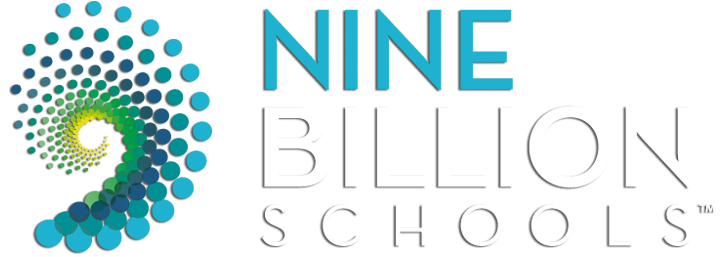Fostering Divergent Thinkers
During the Industrial Revolution, the need for continuity across American schools became evident to employers. Determining a set of standards which all would meet ensured workers would be adequately prepared regardless of the state or setting in which their education occurred. The solution: Students spent a specific amount of time on designated subjects, the content siloed from that of other courses.
Today, we continue to use that solution for a problem that no longer exists. Automation means our children won’t become widget-producing cogs on a factory line. Additionally, we are no longer a culture of people who find a job and make one company the site of our entire life’s career, leaving decades later with a handsome pension and gold watch.
A shifting economy requires a shift in our education model
Our economy is shifting from one based on manufactured goods to one based on ideas. By 2030, 85 percent of jobs that will exist are positions that haven’t been invented yet and more than 2 billion current jobs will not exist anymore.
While automation and artificial intelligence increasingly disrupt our job market, we cannot rely on a one-size fits-all education model. Yet, schools continue to prioritize lectures, rote instruction and assessments based on how much content students can memorize then regurgitate at exam time. This is a disservice to students as it doesn’t prepare them to be critical thinkers and creative collaborators, skills that are of increasing importance according to World Economic Forum’s “The Future of Jobs” report. To adapt, we must never stop learning.
Rewarding convergent thinking stifles creativity and wonder
While convergent thinkers are always in pursuit of the single “right” answer, divergent thinkers generate ideas beyond obvious logical expectations by seeking novel solutions to problems. This is much harder to ascertain through standardized assessments that leave no wiggle room for creativity.
So, is school to blame for killing the creativity? Studies suggest that as children our divergence capability operates at a genius level, but our ability to think divergently decreases dramatically as we become adults. This is most clearly illustrated in Sir Ken Robinson's famous Ted Talk.
Children enter the world of formal education full of imagination and curiosity. They ask questions, experiment to find solutions and are not afraid of being wrong, but these behaviors fade with age. Why? Traditional schools reward convergent thinking through perpetuation of a system that values the acquisition of a single correct answer and evaluates kids on their ability to produce it at test time. Divergent thinking is discouraged in a grading culture that systematically penalizes students for giving the "wrong" answer.
How do we reverse this trend so our children leave schools prepared for an unknowable future? Collaborative, hands-on, project-based learning experiences provide students with an opportunity to engage in divergent thinking that unleashes creativity. Research shows that classrooms in which teachers fostered student creativity saw student achievement gains.
Risk-taking should be encouraged
Creativity is pliable and can be taught so it is important for us to nurture this in our children. We encourage innovative thinking and creativity when we offer children opportunities to take risks. Parents’ natural instinct is to protect their children, but we must resist the urge to bubble-wrap them. Expertise will only come as a result of knowledge acquisition paired with experience. You can’t teach someone to drive a car by lecturing to them from a textbook—the person must get behind the wheel.
We have to situate learning for children to engage. Learning is deeper when it builds on what people already know, helps them make real-world connections and offers hands-on experiences.
Create a culture that fosters divergent thinking
Barriers to divergent thinking are fear of ridicule and uncertainty. Educators and parents must create a culture of trust in which kids are willing to take risks and try new ideas by modeling lifelong learning and experimentation. When failure is framed by reflection rather than shame, people are more open to untested ideas and less afraid of missteps. We must embrace more play and experimentation.
Divergent thinking is the result of environmental factors that are fluid and ever-evolving, especially today when nothing is linear. Every person and situation is the direct result of an infinite number of contributing factors. You can foster divergent thinking by empowering teams and prioritizing collaboration, creating positive dynamics that foster open sharing and idea-building, and not allowing people to be confined by preconceived notions. Preconceived notions undermine the optimistic openness fundamental to divergent thinking.
However, even under optimal conditions, success is an ongoing process. The key is to celebrate failures as every shortfall provides the opportunity for continuous improvement.
Kendra Thornton earned her Ed.D. from Johns Hopkins University with a specialization in Mind, Brain and Teaching which builds upon research from the fields of psychology, neuroscience and education. She is passionate about innovating school design to prepare students for the 21st Century and applying evidence-based practices to improve educational outcomes. Kendra is a Professional Clinical Counselor (PCC-S) independently licensed by the Ohio Counselor, Social Worker, Marriage and Family Therapist Board. She is also a member of the Red Cross Disaster Mental Health Services Team.







